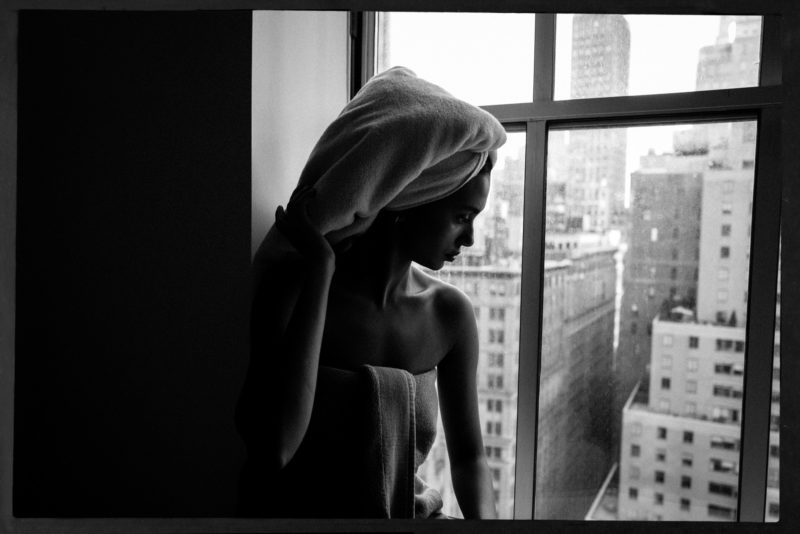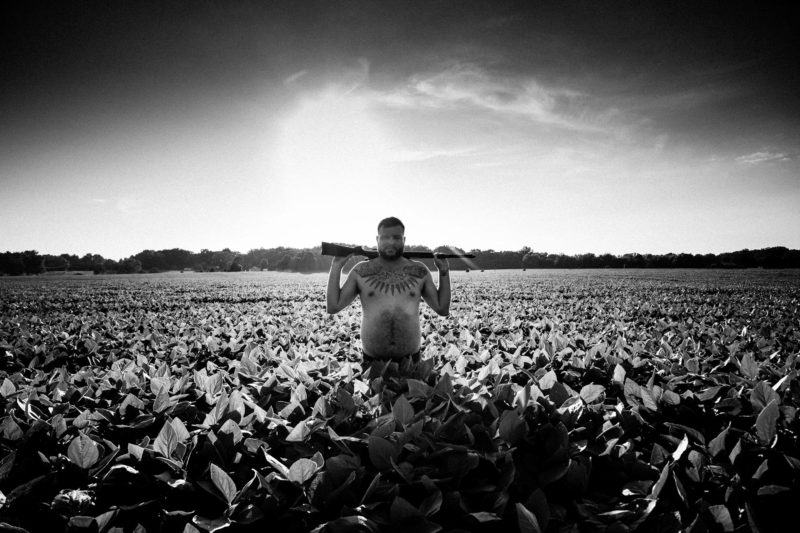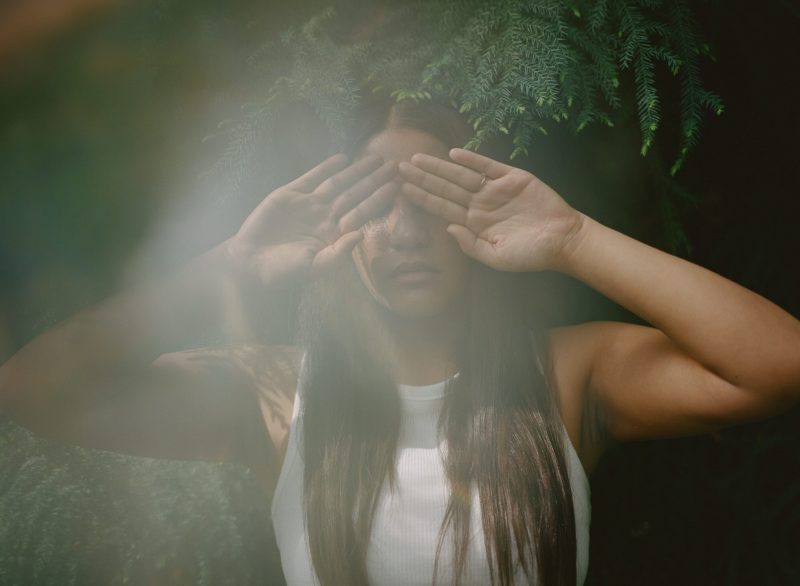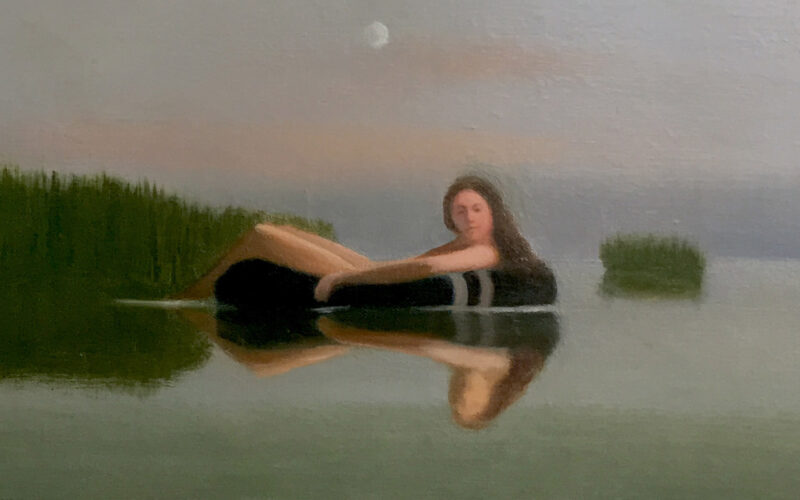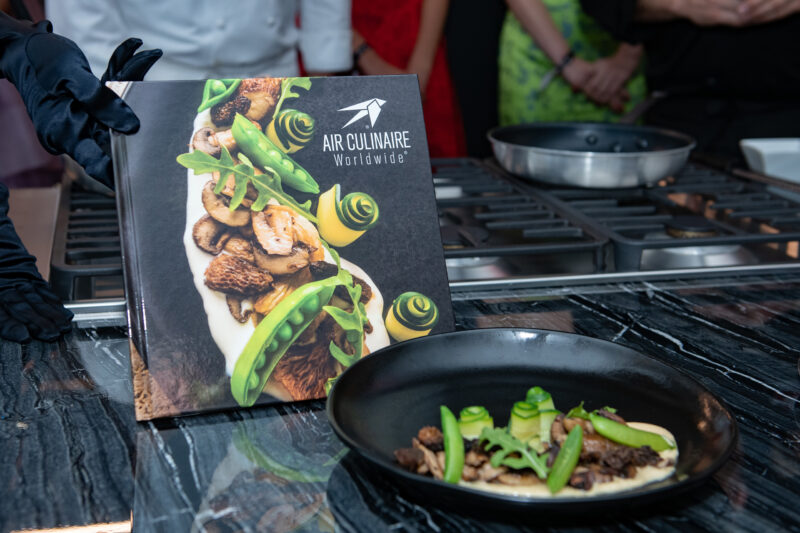In 1972 a young high school art teacher, hired at the last minute, was overwhelmed. Szabo explains, “I found a gap between myself and the students who often were not that interested in school or art. So out of inspired intuition I bought my camera to school and started to photograph my students to make class more fun and interesting.” Drawing on his ability to connect with people through photography, his plan was to approach the teens on their terms: “Let them be who they are.” According to Joe, no other teacher had shown them this level of acceptance, and soon a strong bond of trust started to form. This bond is the key to understanding Szabo’s photographs. Their power lies in their authenticity. Although the subjects of Szabo’s photos are posing, these teens are also being themselves – showing vulnerability and asserting their individuality through clothes, hairstyles and posturing. By allowing his students to live in the moment, Joe captures the fears, joys and insecurities of being almost grown-up.
Perhaps the most Iconic of Szabo’s photographs is Priscilla (1969). An enigmatic stranger, she was pivotal for his artistic style. As he was stepping onto the beach, a girl appeared just a few feet away from him. Instinctively recognizing something special, Joe quickly snapped a couple of frames before turning his attention to the camera to adjust settings. When he looked up again moments later she was nowhere to be seen. She simply vanished. Priscilla embodies the transient essence of being a teen: no longer a child, but not yet an adult. Priscilla looks so young, but her furrowed brow, distant gaze and defiant stance enhanced by a cigarette dangling from her mouth suggest someone far older, worldlier and experienced. I like to think of Charlie Smoking, Jones Beach (1976) as her young male counterpart, his worn denim vest revealing a boyish physique that seems to betray the mature attitude he projects.
This duality of youthful innocence and adulthood is a theme that runs through all of Szabo’s photographs. They provide a glimpse into the world of teenagers that adults rarely get to see, a mixture of vulnerability and invincibility, the importance of peer acceptance and blossoming sexuality. Jesse at Jones Beach (1983) captures this range of emotions beautifully. Jesse is averting her gaze away from her friends who are engaged in a passionate kiss. To me, this photograph is a powerful visual metaphor for conflicting emotions. She is the reluctant subject and the focal point of the image, yet we clearly see her desire to become invisible at this very moment, unsure where to look or how to react.
Another example of conflicting emotions, Marianne and Mary Kay (1976) depicts two close friends in opposite corners of the photo, formally framed by beams of light and a bench. The physical similarities in their clothes and appearance are contrasted by their attitudes. One girl is standing tall, confident, and is looking straight into the camera. The other girl’s self-conscious posture and downward glance suggest insecurity. Metaphorically we are seeing two sides of the same person.
The dynamic between teenage boys is perhaps best illustrated in Caught (1975) where three upperclassmen “playfully” assert their dominance over a 9th grader. The boy is only a couple of years younger than the rest of the group, but these are formative years, and this photograph brings into sharp focus how critical two years can be for physical maturity in adolescence. Swagger and machismo are often depicted in the photographs; this is perfectly captured in Chris on Senior Day (1977). Leaning out of a speeding car, with one arm gesturing that the sky is the limit, while subtly flipping off everyone with the other, Chris embodies the elation of leaving high school for the last time.
There is a cinematic quality to Szabo’s photographs, where set design, body language and personal effects help move a story forward. Like a still from a movie set, with prominent posters of galloping steeds, the aptly titled Wild Horses (1979) illustrates the awakening sexuality of teenagers. In mythology wild horses represent uncontrollable desire, a sentiment echoed by the somewhat playful yet passionate teens on the bed. Huddled stuffed animals banished from the bed allude to the transition from childhood attachments to newly developed urges. The voyeuristic peek into the private life of teenagers is also the theme of Dawn in Room (1985). The spirit of the 80’s is immortalized in the Billy Idol posters on her wall, the meticulously feathered hair, the designer jeans and the ubiquitous can of hair spray.
There is a distinctly American quality to Szabo’s photographs. A nostalgic look at an era defined by rock ‘n roll, fast cars, designer jeans, cigarettes and big hair. From the punk beauty Boardwalk Blonde, Jones Beach (1969) to the preppy Three Girls (1975), the alluring Adrianne (1976) and the new wave Kim (1984), Joe Szabo’s images catalog fashion trends of a generation past.
Szabo’s photographs are widely reproduced in fashion magazines worldwide, inspiring film directors, fashion photographers, and musicians. Szabo’s 1978 book Almost Grown (Harmony House) was re-made and expanded upon by Greybull Press in 2003 as Teenage with an introduction by writer/director Cameron Crowe. Joe is currently working on an expanded book of Rolling Stones Fans: the result of a road trip in the mid 70’s to Pennsylvania with two of his students who invited him along because they needed a ride. The photographs in this series capture the energy and exuberance as well as the fashions of 90,000 rock ‘n roll fans at this outdoor concert.
About Joseph Szabo
Joseph Szabo was born in Toledo, Ohio in 1944. He studied photography at Pratt Institute where he received his MFA in 1968. Szabo taught at Malverne High School on Long Island, NY from 1972 to 1999 and at the International Center of Photography in New York since 1978. His work is displayed in permanent collections at the Metropolitan Museum of Art, the Museum of Modern Art, Yale University, the International Center of Photography, the Biblioteque Nationale in Paris, among others.
For more information please visit Joseph Szabo website at josephszabophotos.com

